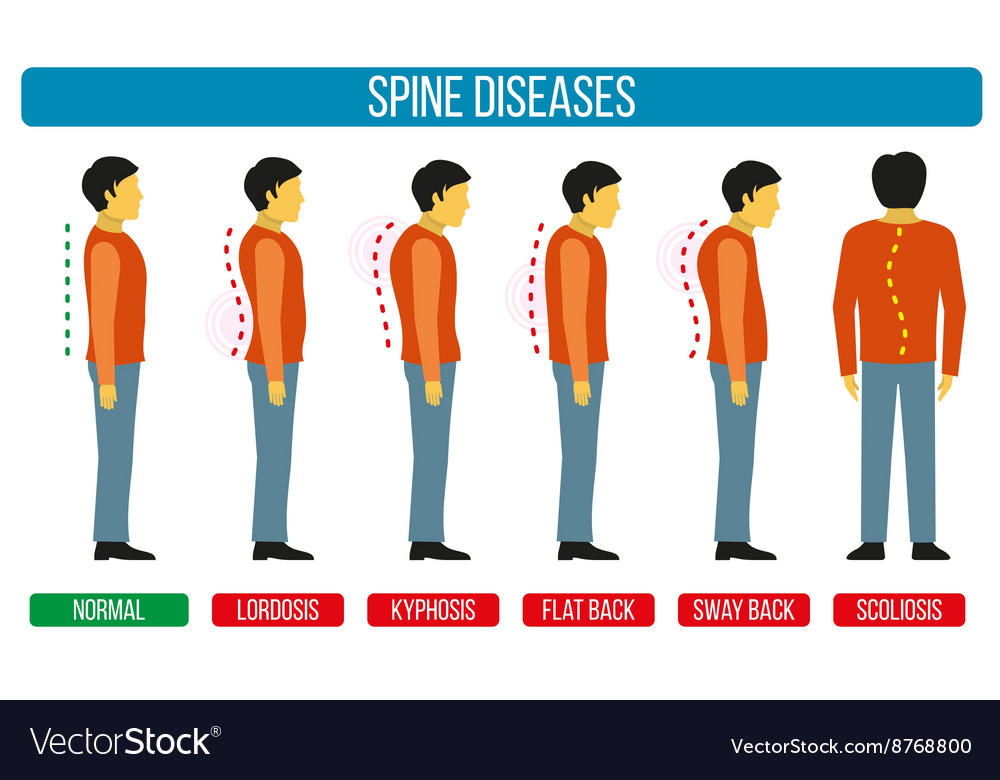Reveal The Tricks Behind Neck Pain And Exactly How Understanding Cervical Spine Anatomy Can Help You Discover Relief
Reveal The Tricks Behind Neck Pain And Exactly How Understanding Cervical Spine Anatomy Can Help You Discover Relief
Blog Article
Uploaded By-Ellis Mikkelsen
As you rest there, maybe feeling an ache of pain in your neck, have you ever before stopped to consider the elaborate frameworks that make up your cervical spine? Comprehending exactly how the vertebrae, discs, and nerves interact in this area can clarify why neck discomfort can be so persistent and incapacitating. By exploring the structures of cervical spine composition and its effects for neck discomfort, you might reveal understandings that could aid you better manage and even protect against those irritating pains and rigidity.
Value of Cervical Back Anatomy
Recognizing the significance of cervical spinal column makeup is vital in comprehending the complexities of neck discomfort. The cervical back, comprised of 7 vertebrae, plays an essential role in supporting the head's weight and facilitating movement. It houses the spinal cord, which transfers messages between the mind et cetera of the body. Furthermore, the cervical back secures these fragile nerves and gives structural security to the neck region.
Additionally, the cervical spinal column allows for a vast array of motion, enabling you to turn your head, turn it sidewards, and nod backwards and forwards. Each vertebra has specific functions and attributes that contribute to the total adaptability and stability of the neck. Comprehending the composition of the cervical spine can assist you realize how injuries or degenerative conditions in this region can cause neck pain and related symptoms.
Parts of the Cervical Spine
When exploring the parts of the cervical spine, it ends up being evident that its structure consists of seven vertebrae, labeled C1 to C7, stacked on top of each other. These vertebrae are crucial as they offer support to the head and enable a wide range of motion in the neck.
The upper vertebra, C1, additionally called the atlas, sustains the skull and makes it possible for the sleeping movement of the head. Straight beneath C1 is the C2 vertebra, referred to as the axis, which enables the rotation of the head from side to side.
Moving down the cervical back, each vertebra plays a vital duty in keeping the spine's adaptability and security. Between each vertebra are intervertebral discs that serve as paddings, soaking up shock and protecting against the vertebrae from rubbing versus each other.
Comprehending the components of the cervical spinal column is vital in comprehending how the spine functions and its prospective effect on neck discomfort.
Connection Between Spinal Column and Neck Pain
The connection between the spinal column and neck pain is an important element of comprehending bone and joint discomfort. Your spinal column, specifically the cervical area, plays a substantial function in supporting your head and allowing for different activities. When there's back pain that moves around in the spine, such as a herniated disc or imbalance, it can directly influence the surrounding cells and nerves, causing neck discomfort. Poor pose, injuries, and degenerative problems can all add to spine-related neck pain.
It's vital to acknowledge that the spinal column and neck feature as a cohesive system. Any kind of irregularities or imbalances in the spinal column can create stress on the neck muscle mass and ligaments, leading to pain and stiffness.
Final thought
Since you have a fundamental understanding of cervical spinal column composition and its link to neck pain, you can better value the complexities of your own neck discomfort. Keep in mind, the health of your cervical spine plays a critical function in supporting your head and promoting motion, so it is essential to look after it through correct stance, exercise, and routine exams with a healthcare specialist. Stay informed and aggressive concerning your back wellness to stop and manage neck pain efficiently.
